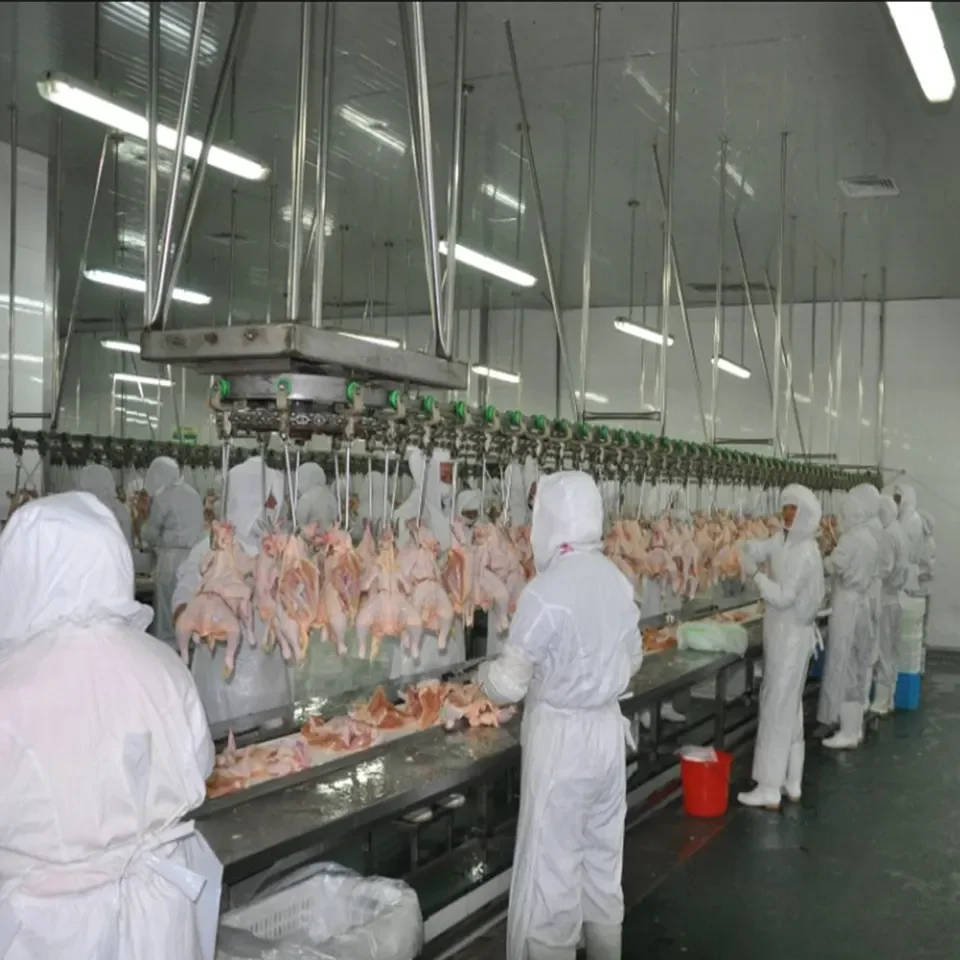layer chicken cages
Oct . 10, 2024 22:36 Back to list
layer chicken cages
Exploring Layer Chicken Cages An Essential Component of Modern Poultry Farming
Layer chicken cages are a pivotal aspect of the poultry industry, designed specifically to house laying hens for optimal egg production. The concept of housing chickens in cages has evolved significantly over the decades, leading to enhanced welfare standards and improved production efficiency. This article delves into the purpose of layer chicken cages, their advantages and disadvantages, and emerging trends in their design and use.
Understanding Layer Chicken Cages
Layer chicken cages are typically designed in a multi-tiered structure, allowing for the efficient use of space. These cages are equipped with various components to facilitate the health and productivity of the hens. Each cage generally accommodates a small number of birds, providing individual spaces for feeding, drinking, and nesting. The design helps mimic natural behaviors, such as nesting and perching, albeit in a controlled environment.
Advantages of Layer Chicken Cages
1. Space Efficiency One of the most significant advantages of layer chicken cages is their ability to maximize space. In traditional barn systems, the number of chickens per square foot is limited. However, layered cages can significantly increase the density of hens in a given area, leading to higher egg production without requiring proportionally more land.
2. Health Management Cages help manage disease transmission among birds. By housing hens separately, the risk of infections spreading throughout a flock is reduced. Furthermore, it's easier to monitor the health of individual birds, enabling prompt attention to any health issues.
3. Egg Quality and Production Layer cages often lead to improved egg quality. Chicken behavior is more regulated in a cage environment, reducing stress and aggressive interactions. Consequently, this can translate to a more consistent supply of high-quality eggs.
4. Labor Efficiency Layer chicken cages streamline the management process. With designated feeding and watering systems integrated into the design, laborers can efficiently care for larger numbers of birds with reduced effort and time.
Disadvantages and Ethical Considerations
Despite their advantages, layer chicken cages have come under scrutiny from animal welfare advocates. Critics argue that these systems can restrict natural behaviors, such as roaming, dust-bathing, and social interactions. Some common criticisms include
layer chicken cages

1. Animal Welfare Concerns Critics of layer cages point out that the confined space may limit the ability of hens to engage in their natural behaviors. This has led to efforts to transition to alternative housing systems that promote more freedom.
2. Public Perception As consumer awareness of animal welfare increases, there has been a noticeable shift in public perception. Many consumers are demanding eggs produced in more humane conditions, stimulating a movement towards cage-free systems.
3. Regulatory Challenges Various regions have instituted regulations against the use of traditional battery cages, leading producers to reevaluate their housing systems. Compliance with these regulations can require significant investment and adjustment to existing practices.
Emerging Trends in Layer Chicken Cage Design
In response to the evolving landscape of poultry farming, innovative designs and approaches to layer chicken cages have emerged. Some noteworthy trends include
1. Enriched Cages These cages seek to balance productivity and animal welfare by providing additional space and amenities, such as nesting areas, perches, and dust-bathing zones.
2. Automation and Technology The integration of technology into layer chicken housing is on the rise. Automated feeding, monitoring systems, and climate control contribute to improved health and productivity while minimizing labor costs.
3. Sustainability With increased focus on sustainability, many producers are looking to implement systems that minimize waste and environmental impact. This includes using renewable energy sources and recycling waste products for feed.
Conclusion
Layer chicken cages remain a cornerstone of modern poultry farming, providing numerous benefits in terms of efficiency and production. However, the ongoing dialogue about animal welfare and evolving consumer preferences means that the industry will continue to adapt. As producers find ways to balance productivity with ethical considerations, the future of layer chicken cages will likely be characterized by innovation and a commitment to better farming practices. Through thoughtful design and management, the poultry industry can strive to meet both human needs and animal welfare standards.
-
Automatic Feeding Line System - Anping County Yize Metal Products Co., Ltd.|Pan Feeder Nipple Drinker,Broiler Farming
NewsJul.30,2025
-
Automatic Feeding Line System Pan Feeder Nipple Drinker-Anping County Yize Metal Products Co., Ltd.
NewsJul.30,2025
-
Automatic Feeding Line System-Anping County Yize Metal Products Co., Ltd.|Durable Construction&Easy Maintenance
NewsJul.30,2025
-
Automatic Feeding Line System-Anping County Yize Metal Products Co., Ltd.|Pan Feeder Nipple Drinker&Durable Poultry Farming Solution
NewsJul.30,2025
-
Automatic Feeding Line System Pan Feeder Nipple Drinker|Anping County Yize Metal Products Co., Ltd.
NewsJul.29,2025
-
Automatic Feeding Line System-Pan Feeder Nipple Drinker|Anping County Yize Metal Products Co., Ltd.
NewsJul.29,2025






